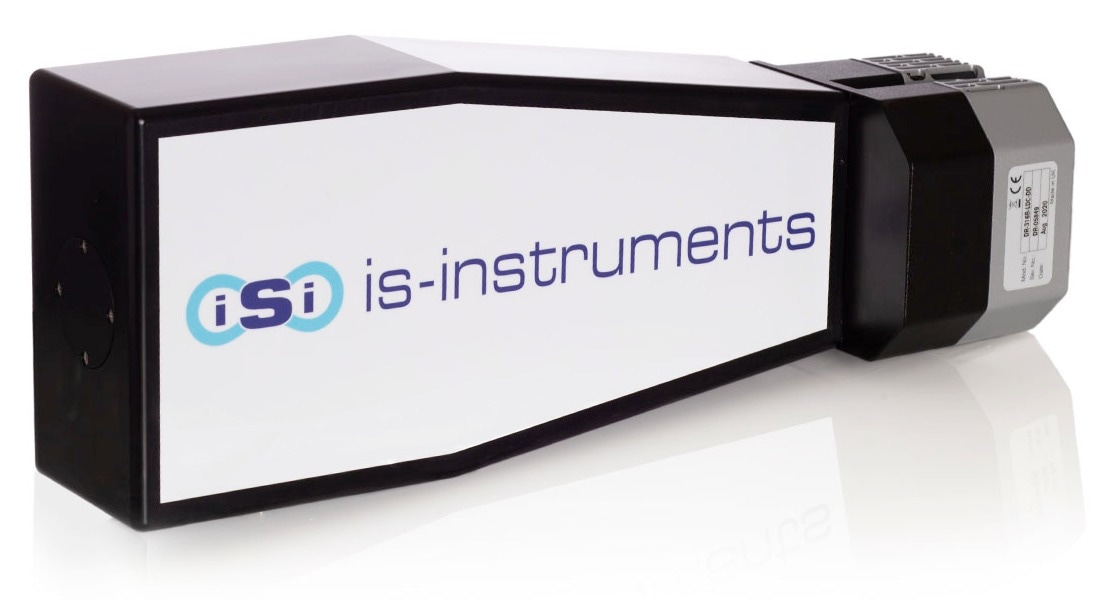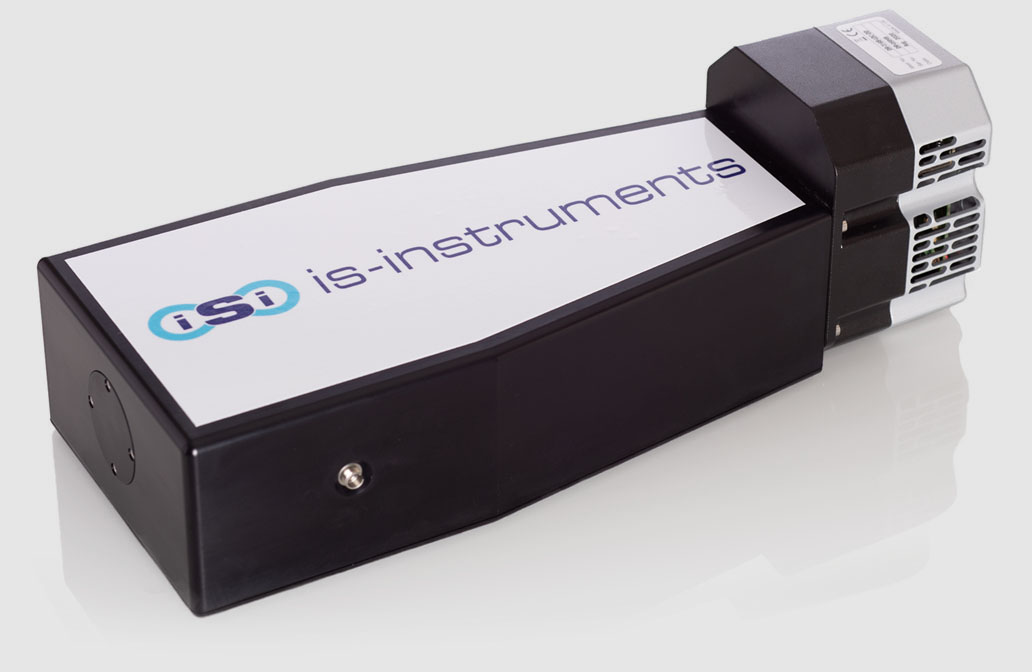The in-house sample service is a practical choice if spectroscopic measurements are needed occasionally or on a one-off basis. When users send a sample, IS-Instruments will take the measurements without needing a spectrometer or specialized expertise.
With various equipment, IS-Instruments can discuss user needs, identify the instrument that will most likely deliver the best results for the sample, carry out the measurements, and send the results.

Image Credit: IS-Instruments, Ltd.
How Sampling as a Service Works:

Image Credit: IS-Instruments, Ltd.
Benefits of Using the In-House Service
- Affordable answer to sporadic and one-off sampling requirements
- Fast turnaround for results
- No significant expense for the purchase and upkeep of an instrument
- There is no necessity for qualified individuals to operate instruments or analyze results
- Availability of a range of equipment and wavelengths
Instruments for Measurements
- ODIN: Deep UV Raman spectrometer that is perfect for monitoring fluorescing substances and delicate biologics
- Raman spectrometer: Presents extremely comprehensive chemical information without damaging the sample
- HES Spectrometer: Can be used for a variety of spectroscopic methods
- Aura: Gas Raman spectrometer for monitoring numerous gas species at the same time
ODIN Deep UV Raman Spectrometer
ISI has created ODIN, a small, deep UV Raman spectrometer using a Toptica laser that operates at 228.5 nm.

Image Credit: IS-Instruments, Ltd.
Deep UV Raman spectroscopy can detect, identify, and quantify compounds at considerably lower concentrations than near-UV, visible, or infrared equipment. Deep UV is especially effective for detecting complex biomolecules, chromophores, and aromatics with strong fluorescence sensitive to deterioration when detected at higher-powered wavelengths.
Raman Spectrometer
The core spectrometers acquire information from the target substance via a fiber rather than an aperture, making them substantially more sensitive to detecting Raman scatter.

Image Credit: IS-Instruments, Ltd.
ISI provides a range of excitation wavelengths, including 355 nm, 535 nm, 785 nm, and 1064 nm, and will pick the wavelength most suited to the sample.
HES Spectrometer
Due to employing a fiber rather than a slit to concentrate light on the target material, all spectrometers in the HES range are high throughput devices.

Image Credit: IS-Instruments, Ltd.
As a result, the signal-to-noise ratio is better than a Czerny Turner instrument. Depending on the material being tested, the sampling service will choose a 1 mm, 2 mm, or 3 mm fiber with a photon-counting CCD.